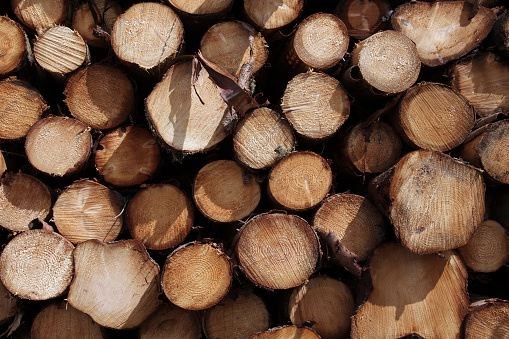Pity poor forestry.
The industry has been declared dead even more times than the newspaper sector. Like the print media, forestry continues to adapt, continues to make money, continues to make valuable contributions to the community, continues to drive politicians crazy.
As Council of Forest Industries (COFI) delegates sit down today in Prince George for the final day of their annual convention, they see forestry surrounded by nothing but problems.
Business as usual, in other words.
Forestry seems to be one of those businesses that does nothing but lurch from one crisis to the other, making money the whole time.
The softwood lumber dispute between Canada and the United States is so old that it predates Confederation. Unfriendly governments, environmental concerns, taxes, red tape, a shortage of skilled workers, technological change, market regulations, supply management and insect plagues have caused problems in the provincial and national forest sector in three different centuries.
So little has changed and so much has changed.
Technology has drastically altered the entire process, from surveying and logging to converting the harvested trees to lumber and pulp. An entire sub-sector that previously didn't exist has sprung up to convert what was once considered wood waste into power. A bioenergy plant at UNBC heats the student residences, the daycare and the forestry lab.
Industry consolidation has created a handful of giant companies that own forestry operations across North America. Emerging export markets, especially in Asia, for both lumber and raw timber has fostered growth. Engineering advances now allows wood to be used as the primary material for high-rises, bridges and other uses once restricted to steel and/or concrete.
The so-called sunset industry still employs 140,000 people in B.C. alone, paying out $8.6 billion in wages, according to COFI president Susan Yukovich. Forestry operations can be found in every corner of the province, including Greater Vancouver. In ritzy Kelowna, Tolko operates a sizable sawmill closer to trendy downtown commercial and residential properties than either Lakeland Mills or Brink are to the city centre or Bowl homes in Prince George. In West Kelowna, the only separation between Highway 97 South and the Gorman Brothers sawmill is a concrete divider.
As Derrick Penner's story in the Vancouver Sun this week showed, soaring lumber prices are driving record profits. The benchmark prices for 1,000 board feet of top-quality two-by-fours was $540 US last month, up from $315 US at the start of 2017, just as Donald Trump moved into the White House.
Consumers on both sides of the border are the ones paying for the 20-plus per cent tariffs the U.S. Department of Commerce slapped on Canadian lumber last April. Meanwhile, West Fraser's 2017 profit was $596 million, up from $326 million the year before. Canfor's 2017 profit was $345 million, more than double the $151 million the company pocketed in 2016.
Those profits came despite reduced production last year due to the Cariboo wildfires and only the beginning of a decades-long cut in harvesting across most of B.C. due to massive damage caused by the mountain pine beettle and other insect pests.
Meanwhile, forestry's workforce is getting older and the industry is having a difficult time enticing young people, particularly in urban centres, to become foresters, millwrights, forest technologists and environmental engineers. Instead of embracing the long-term environmental and economic sustainability of forestry, tree huggers still treat logging companies with the same disdain reserved for oil sands extraction and open-pit mining. While some companies grow and thrive, others decline and die, unable to adapt to rapidly changing political, market and technological realities.
Yet if there was ever an industry to perfect the recipe for turning bitter lemons into sweet lemonade and sell it for a tidy profit, the B.C. forestry sector would rise to the top of the list.
They're so resilient that they don't even fear an NDP government any more.
When Premier John Horgan addresses the COFI delegates this morning, they will listen attentively and clap politely. They will urge him to continue to do what he can on the softwood lumber file, fund education in natural resources and environmental studies and to responsibly spend the significant contributions made to government coffers through timber licences. In other words, they'll ask the same things they would ask if the B.C. Liberals were still in power because his pep talk this morning won't be much different from what Christy Clark would have said if she still was premier.
As always, forestry's future is fraught with peril.
As always, the sector will emerge from the storm smelling like a rose.
Or nice cedar planks, anyway.
-- Editor-in-chief Neil Godbout



